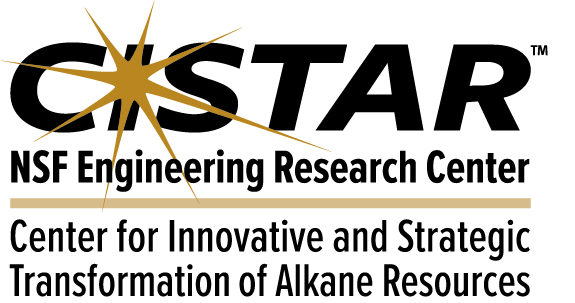CISTAR Featured Publications
Featured Publications
Shale Gas Decarbonization in the Permian Basin: Is It Possible?
The United States is unique in the energy reserves held in shale gas fields, which coproduce natural gas and natural gas liquids. Use of this resource, however, contributes to greenhouse gas emissions and, correspondingly, climate change. We explore how natural gas and natural gas liquids might build bridges toward low-carbon transportation fuels. For example, as petroleum refineries produce less gasoline in response to widespread electrification, natural gas liquids can be converted to fuel. We consider whether the greenhouse gas emissions from production and use of these fuels might be offset through three potential outcomes of converting coproduced natural gas to CO2 through steam methane reforming.
Mapping Greenhouse Gas Emissions of the US Chemical Manufacturing Industry: The Effect of Feedstock Sourcing and Upstream Emissions Allocation
Q Chen, JB Dunn, DT Allen - ACS Sustainable Chemistry & Engineering, 2022
Greenhouse gas emissions from 135 commodity chemical manufacturing processes in the United States were estimated based on benchmark process data from U.S. petrochemical manufacturing models. Total greenhouse gas emissions of the 135 processes evaluated are dominated by a small number of process types that have high emission intensities (emissions per mass of product produced) and high production volumes. These processes include facilities for manufacturing ethylene, ammonia, and chlorine. If upstream emissions associated with feedstock sources are included, well-to-gate emission estimates of the chemical manufacturing processes are affected by emission allocation and quantification methods in upstream production, with allocation methods becoming important when the feedstocks are sourced from oil and gas regions that produce multiple products.
For a full list of CISTAR's most recent publications, please visit CISTAR's Google Scholar page.






